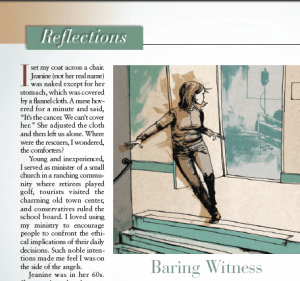Are Your PCA Pumps Accurate, and Working?
Device malfunction happens.
After orthopedic surgery several years ago, I awoke in the PACU to find nurses working frantically on one side of my stretcher. Simultaneously, I realized that my leg hurt. A lot. And with another moment’s awareness—awake enough now for my nurse’s brain to begin to kick in—I understood that all of the activity concerned my PCA pump.
 neeta lind/flickr creative commons
neeta lind/flickr creative commons
One of the nurses noticed that I was stirring. “Your pump has malfunctioned. We can’t get the replacement to work. A third pump is on the way. I’m so sorry!”
The scramble for a replacement, and then another, probably lasted less than five minutes, but it was a pretty wild ride. My deep breathing in an attempt to control the pain gave me something to focus on, but it was a pretty weak effort up against bone pain in the immediate post-op period. I’m grateful that my nurses—there were at least three involved at that point—regarded the pump failure as an emergency.
But operator errors are more common.
Needless to say, then, I was particularly interested in a new study that appears in this month’s AJN. In “Errors in Postoperative Administration of Intravenous Patient-Controlled Analgesia: A Retrospective Study,” Yoonyoung Lee and […]



